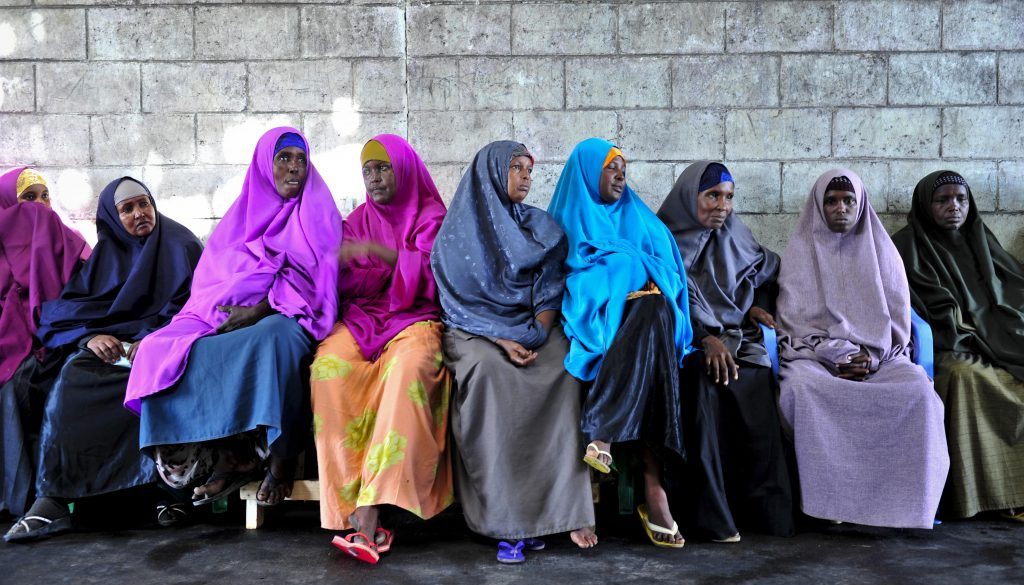Reflections of Ripple Effect Mapping: The Co-researcher’s Experiences
By Inviolata Njeri, Neele Wilten-Georgi and Lynda Keeru
If you are looking to know whether and how your research project has been impactful, look no further. Ripple effect mapping derives its name from the concept of throwing a stone in a pool of water that gives rise to concentric waves emanating from the point at which it impacts. The ripples spread far and wide.
Community Based Participatory Research (CBPR) is complex and involves multiple levels of stakeholders. Regular evaluation processes often overlook the nuances of CBPR, including the unintended but significant impacts of engaging communities in health research and action for social change along the journey and miss out on capturing community perspectives of intended and unintended outcomes.
The Ripple Effect Mapping Tool provides a space for research partners to reflect on their achievements and refocus on their aims while also supporting reflexivity processes on positionality, inclusion and equity. As such, grounds the research within the lived realities of communities. The tool also supports communities and researchers to engage in critical learning. It promotes a shared critical consciousness as a collective group while supporting researchers to communicate the concept of academic research and the aims of the research programme to communities in a visual and participatory way.
Research conducted by ARISE represents the stone in the form of an intervention that seeks responsiveness and accountability for equity for people living and working in urban informal settlements. Ripple effect mapping training, was conducted with co-researchers from Kenya and Sierra Leone. The co-researchers from Sierra Leone and SDI-Kenya visited Viwandani slums where they met co-researchers working with LVCT Health in Viwandani. The meeting that took place in mid-March 2022, was organized in a community hall where most community meetings and activities happen.
In order to maximize documentation of the richness, profundity, span, complexity of the ripple effect in the community programmes working with ARISE, the process started with an explanation of the ripple effect mapping. During the workshop, through a role play, two co-researchers from SDI-Kenya, modelled how the ripple effect mapping is conducted. In the role play, one of the co-researchers told a story (story teller), the other one (listener) listened to their story. This was followed by drawing a map using prompts to receive more details about the story and the role of the story teller in their story. All co-researchers were then given chance to seek clarification and give suggestions on how ripple effect mapping can be improved including what other questions could be used as prompts to guide the process better.
The ripple effect training involved pairing co-researchers in small groups of three each representing Sierra Leonne, SDI-K and LVCT Health. Five small groups were formed for practice purposes. Each of the three took turns to narrate, and listen while capturing the story on a flip chart. In turns, one of the pairs narrated his experience of the ARISE study activities while the other two listened. They then wrote their understanding of the process and effects of the study activities on a flip chart while asking questions to seek clarification and more details on the same. The narration detailed what the activity was, the people involved in the activity and their role, benefits that emanated from the study activities and the negative effects of the study activities if any.
The small groups reported back to the whole group. Some preferred narrating their own stories, while others narrated their peer’s story. One research assistant from Sierra Leone shared that he understood his story and was in a much better position to narrate it. All participants asked questions and commented on the different stories presented by the co-researchers. The feedback was related to engaging the community, who would draw the map, the level the story should focus on (community or individual impacts), and how many people would participate in a group. Everyone had their own opinion here so the important point is to have conversations around adapting the process to the participant’s needs and wants
The ripple effect mapping stood out as an easy way to conduct monitoring and evaluation with co-researchers who may not understand the technical aspects of monitoring and evaluation including the language used. The co-researchers enjoyed telling their stories and learning about each other’s experiences. Some of the co-researchers noted that they had never really thought about what they have been doing comprehensively, but the ripple effect mapping helped them reflect on their work and its impact on the community. All the co-researchers noted that they would like to use the ripple effect mapping to reflect on their work and use it to report their work.
The ripple effect maps developed looked different even for the same activity. This underscores the need to develop guidance to help standardize reporting using ripple effect mapping. Co-researchers need continuous mentorship on ripple effect mapping for them to effectively use it as a reporting tool. Colour coding for processes, activity and effects could also help to make the ripple effect maps clearer. Researchers have found this process particularly helpful for understanding expected and unexpected programme outcomes, as well as for inspiring and energizing programme participants, motivating them to continue their work and generate new initiatives
Image credit: Photo by AMISOM Public Information is licensed under Public Domain CC0 1.0
